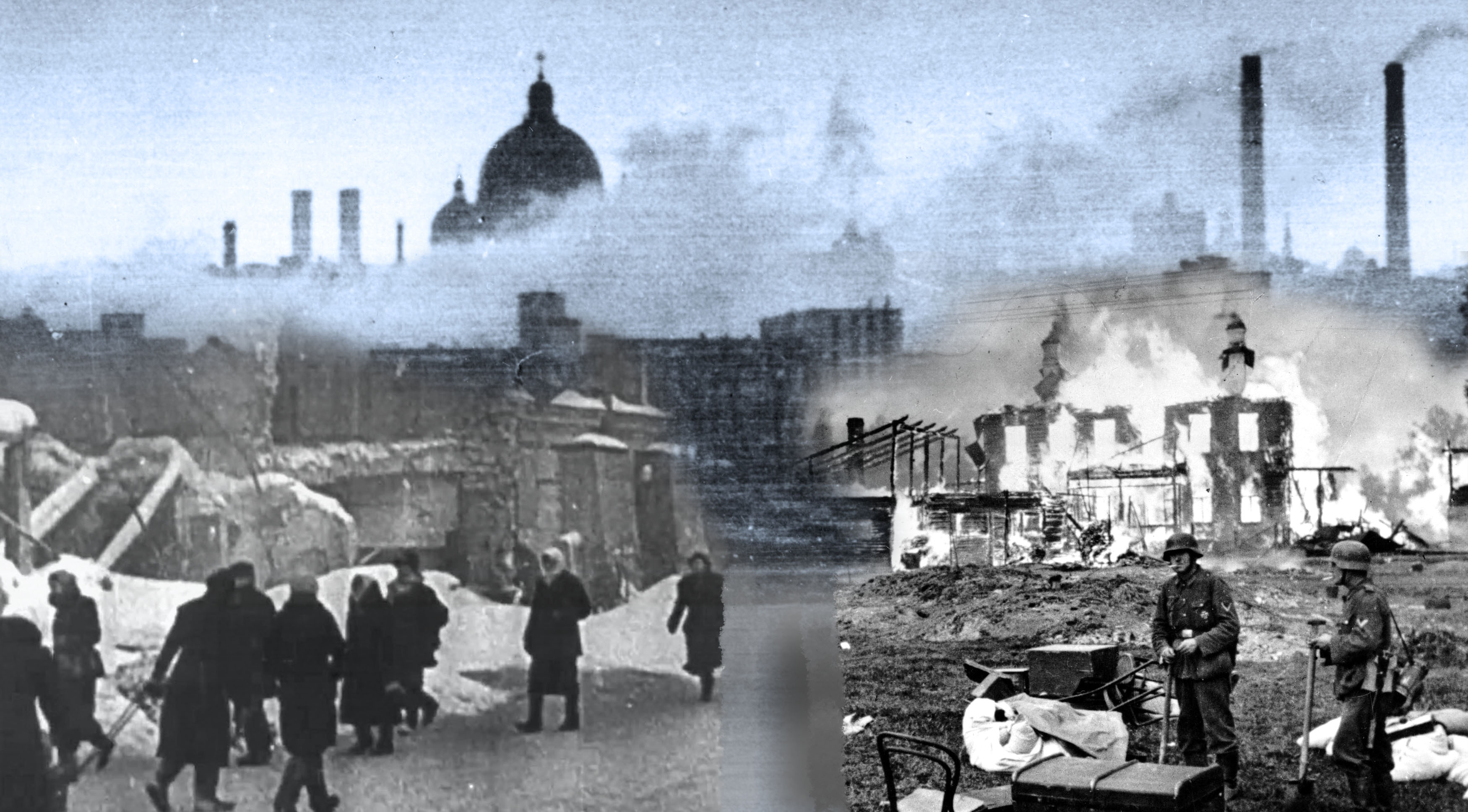On Jan. 27, 1944, one of the longest and most destructive sieges in the history of warfare ended in Leningrad, Russia. Over 1 million inhabitants of the city had died of starvation, hypothermia and cannibalism, as well as from enemy bombing and shelling.
Nazi Germany envisaged Operation Barbarossa, the invasion of the Soviet Union, as a war of annihilation (Vernichtungskrieg) intended to destroy the civilian population. Adolf Hitler’s regime designated Slavic peoples (dubbed “Ostvölker”), particularly Russians, as “subhuman.” In Mein Kampf, Hitler outlined his grandiose plans to conquer Eastern territories for German rule.
The city of Leningrad, conceived as a “Window to the West” by Russian ruler Peter the Great, had been a jewel in Russia’s crown throughout the 18th and 19th centuries. Known in imperial times as St. Petersburg, it was a cultural melting pot with a wealth of neoclassical architecture, as well as the center of many educational and government institutions.
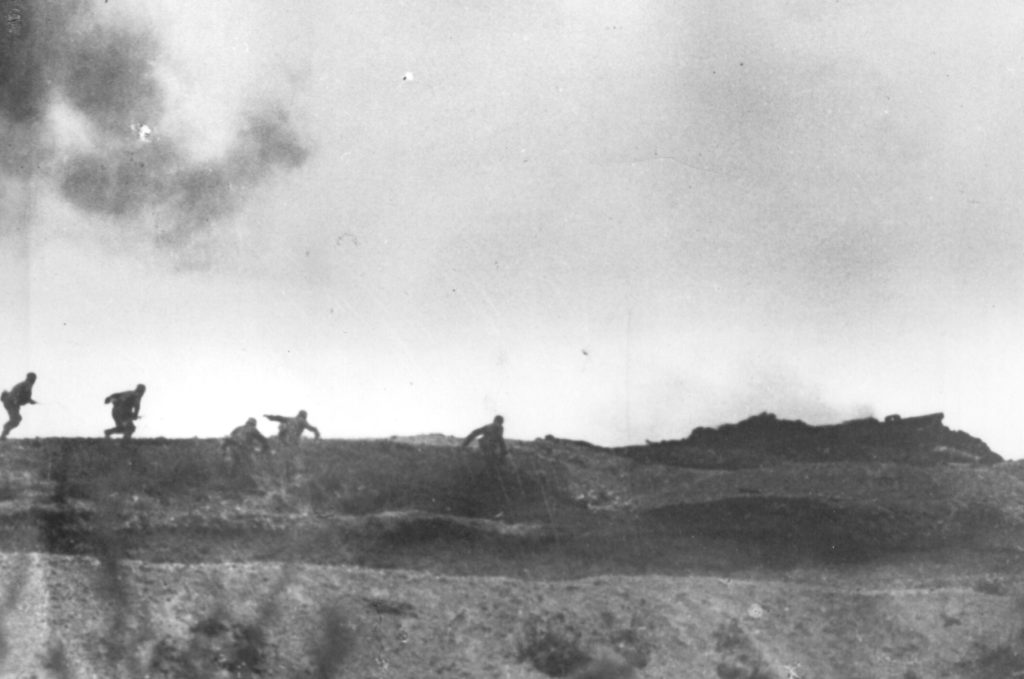
To the Nazis, however, the city became synonymous with negative Russian stereotypes—it had been named after communist revolutionary Vladimir Lenin. As both a Russian and a communist, Lenin was loathed by Nazi extremists. Hitler became hellbent on destroying the city as a symbolic act of alleged German “superiority.”
In a far more sinister stroke of premeditated malice than many historians have previously realized, Nazi Germany had planned the horrors of starving Leningrad far in advance.
Documents show that SS and German military leaders developed a detailed plan to systematically kill the Russian population through starvation long before the siege even began.
On May 2, 1941, Third Reich ministers conducted a meeting that amounted to an official session for Economic Command Staff East, and recorded the following chilling memorandum:
“The war can only continue to be waged if the entire Wehrmacht is fed from Russia…. As a result, if what is necessary is extracted from the land, tens of millions of people will doubtlessly starve to death.”
Hitler was briefed on plans for Barbarossa on May 16 at his private residence in Obersalzberg. He and other Nazi leaders, including SS leader Heinrich Himmler and Hermann Goering, sanctioned German troops to confiscate approximately 25 to 30 million tons of grain per year from Soviet territories, according to historian Alex J. Kay.
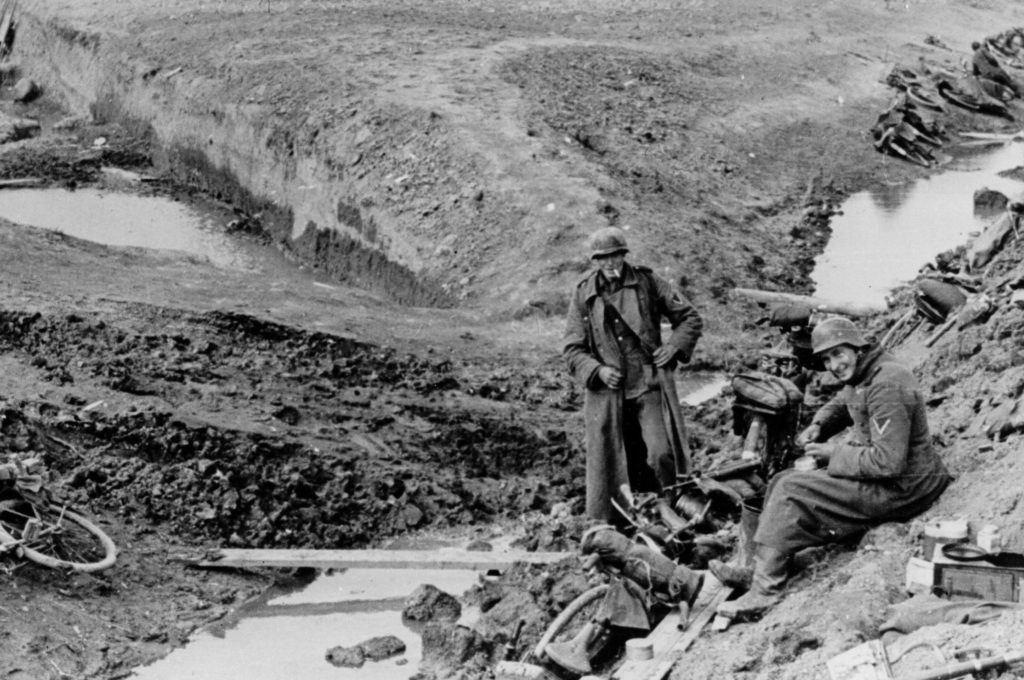
“In an incredibly matter-of-fact way, the participants declared that tens of millions of people in the soon-to-be-occupied territories of the Soviet Union would have to starve to death if Germany was to win the war,” Kay described in Chapter 4 of “Nazi Policy on the Eastern Front, 1941.”
Kay relates that Himmler told SS-Gruppenführer Erich von dem Bach-Zelewski, police leader for “Russia-Center” and other SS officers present at a July 1941 conference at Wewelsburg castle: “The purpose of the Russia campaign is the decimation of the Slavic population by 30 million.”
On May 23, 1941, the Third Reich issued formal guidelines for a “starvation policy” to be implemented by military forces: “The population of these territories, in particular the population of the cities, will have to face the most terrible famine…. Many tens of millions of people in this territory will become superfluous and will have to die or migrate to Siberia.”
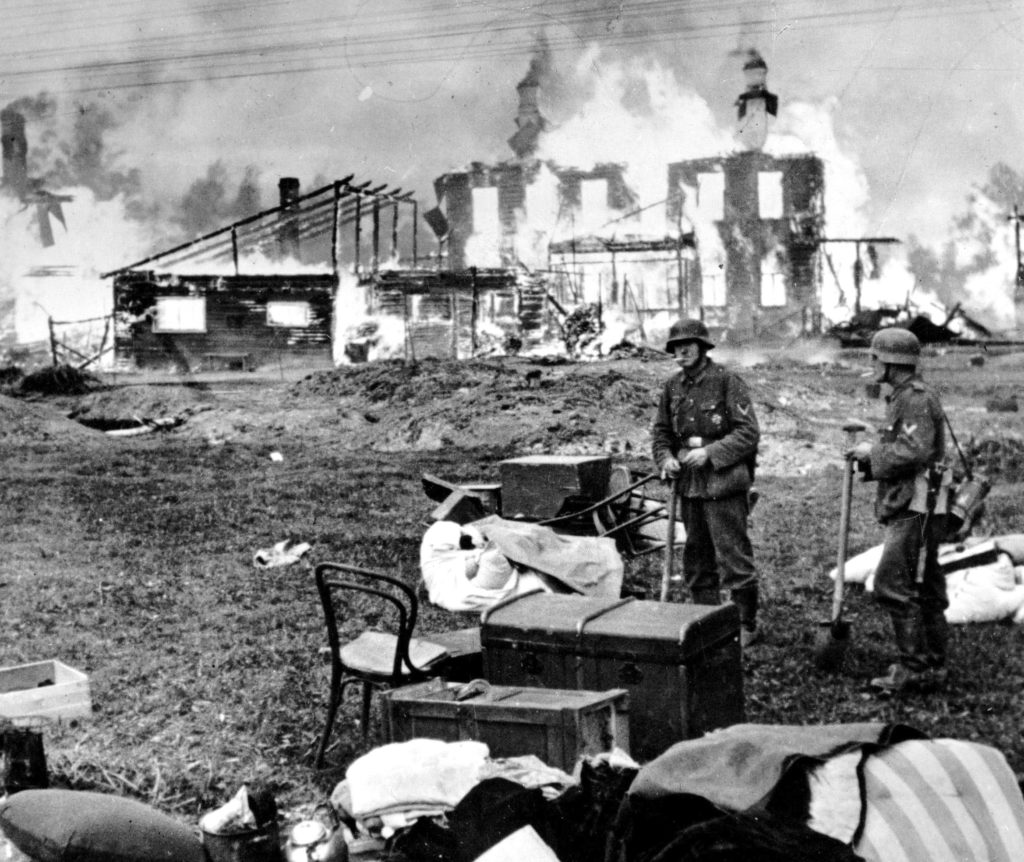
On June 1, guidelines known as the 12 Commandments (12 Gebote) issued by Reich state secretary Herbert Backe contained instructions to starve Russians based on racist assertions: “The Russian has already endured poverty, hunger and frugality for centuries. His stomach is elastic, hence no false sympathy. Do not attempt to apply the German standard of living.”
Franz Alfred Six, leader of Advance Commando Moscow of Einsatzgruppe B, summed up the “starvation policy” in July 1941:
“Hitler intends to extend the eastern border of the Reich as far as the line Baku-Stalingrad-Moscow-Leningrad. Eastward of this line … a ‘blazing strip’ will emerge in which all life is to be erased,” Six told German military officials. “It is intended to decimate about 30 million Russians living in this strip through starvation, by removing all foodstuffs.” He stated that Leningrad was to be “razed to the ground.”
Ominously, Six added a threat: “All those involved in this operation are forbidden on pain of death to give a Russian even a piece of bread.”
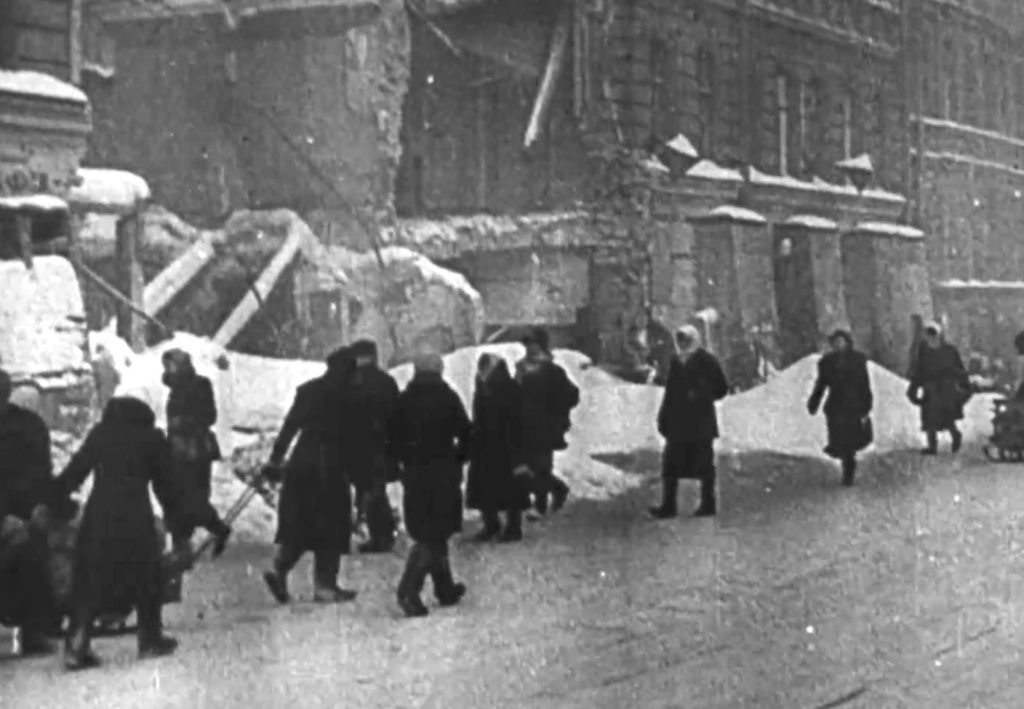
Blockading Leningrad in September 1941, German forces succeeded in trapping half a million Soviet troops, most of Russia’s Baltic fleet and an estimated 3 million civilians inside and around the city, which was bombarded day and night.
It is impossible to describe the horrors the city’s population endured as the slow and painful process of starvation set in. The population resembled walking skeletons. Many people became too tired to move. Some people resorted to murder and cannibalism to survive. Others wasted away and died in silence. Bodies filled the streets of the formerly beautiful imperial city as German bombardments reduced homes and stately buildings to rubble and ashes.
Nazi leaders were well-informed about the ordeals facing the Russians and were unbothered by it. At a meeting in Berlin during November 1941, Goering remarked to Italian Count Galeazzo Ciano that “certain people had to be decimated” and coldly estimated some 20 to 30 million Soviet citizens would starve to death before the end of the year.
Despite their horrific ordeals, and in defiance of leaflets urging surrender being dropped from German planes, the city’s population refused to give up. The Russians managed to create a “guerilla district” from where they launched attacks on German forces. Others drove trucks across the thin ice of Lake Ladoga to smuggle food and supplies into the city in a route that later became known as the “Road of Life.” To fight starvation, citizens derived vitamins from pine needles and ate tree sap to nourish themselves.
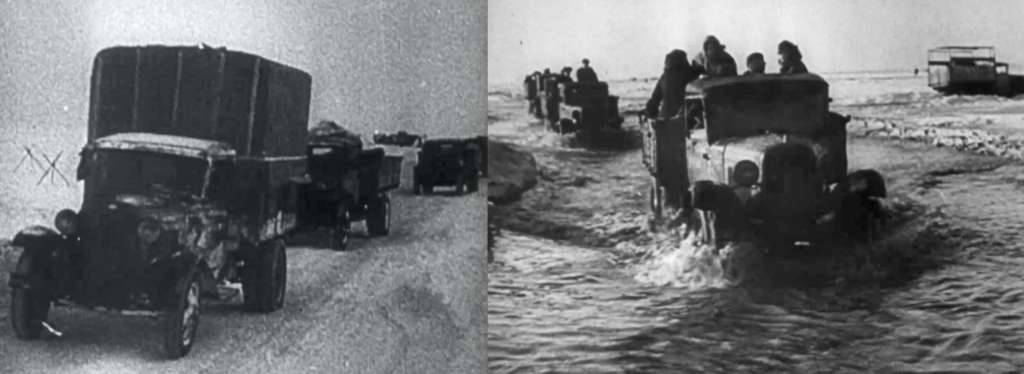
After an 872-day siege, the German forces were finally driven off by the Red Army. Over 1 million residents had died. However, contrary to Hitler’s plan, many inhabitants of Leningrad were still alive and the city was still standing.
After the war, residents of Leningrad created a museum to memorialize their war experience. However, Joseph Stalin ordered the destruction of the museum in 1948—the museum director was shot, while artifacts and exhibits were destroyed and burnt. The city eventually opened a new museum in 1989. For the 77th anniversary of the city’s liberation, the Victory Museum in Moscow launched an interactive exhibit to memorialize the experiences of citizens experiencing life in the city during the war. The museum includes holograph technology, murals and character reenactments. MH

